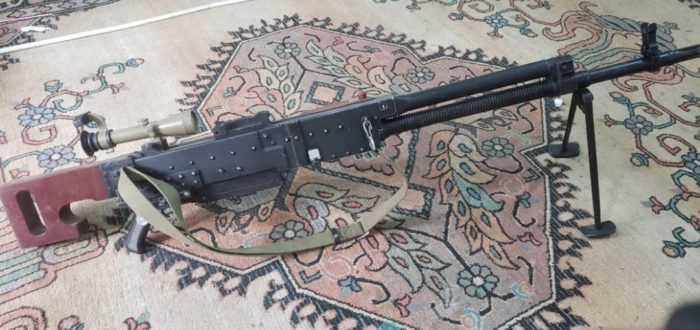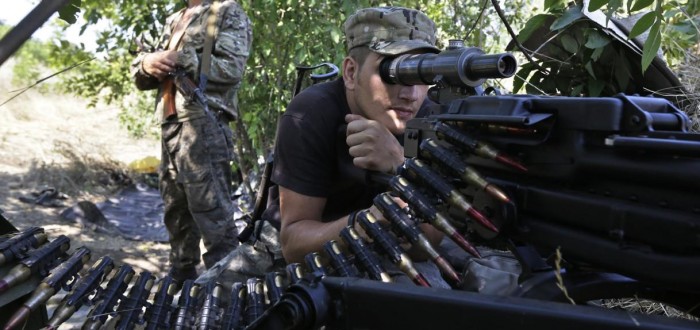Jonathan Ferguson A mystery 12.7 × 108 mm anti-materiel rifle documented for sale in Yemen earlier this summer—described as ‘craft-produced’ by some observers—has been identified by ARES. It is not, in fact, craft-produced but rather an ingenious yet relatively straightforward modification of an NSV-type heavy machine gun (HMG). The gun’s barrelled action has simply been





